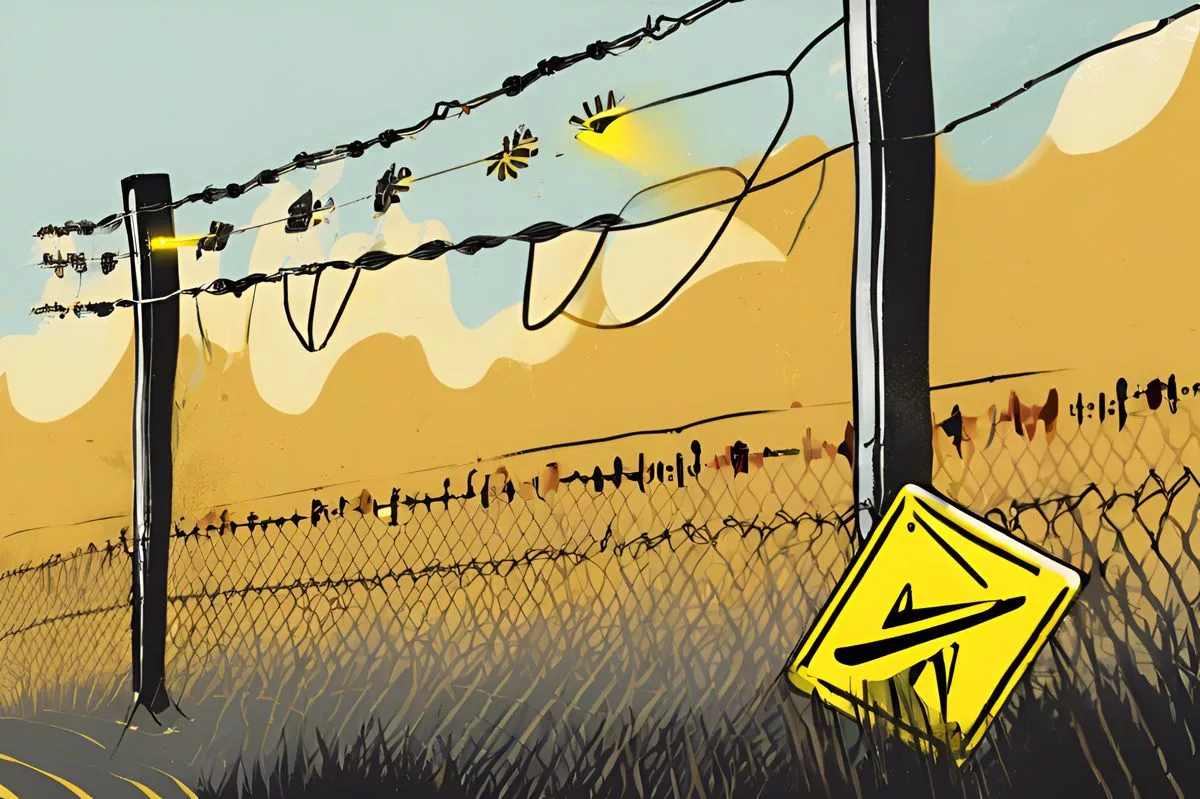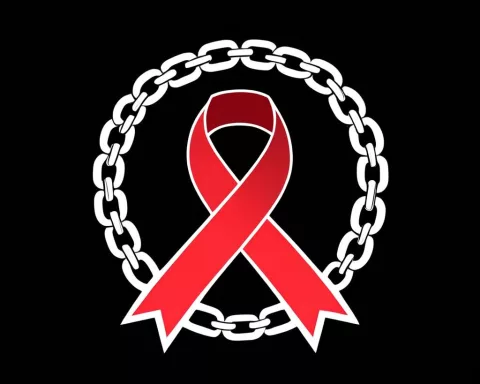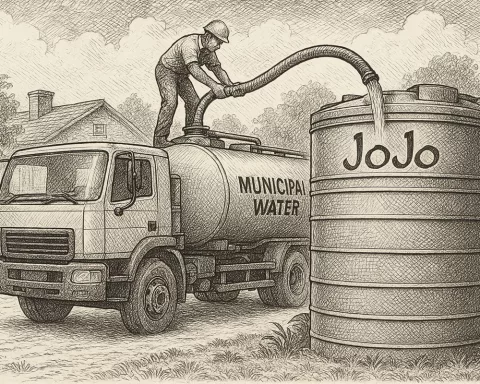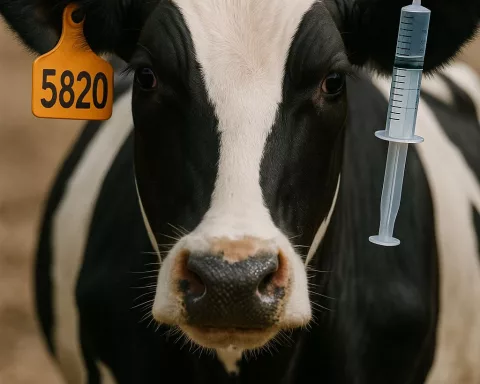South Africa’s Bureau of Standards has updated regulations for electric fences, with new rules requiring the use of premium-grade materials, regular inspection schedules and enhanced testing methods after installation. The SANS 10222–3: 2023 Edition 5.1 requirements also include revised standards for warning sign placement and joint installation. Failure to comply with the standards can result in the denial of insurance claims, while consumers can request the Electric Fence System Installer number from installers and report improper conduct to the Department of Labour.
Understanding the New Rules
The South African Bureau of Standards has released updated regulations for the installation and maintenance of electric fences. The SANS 10222–3: 2023 Edition 5.1 requirements outline revised standards for joint installation, warning sign placement, and premium-grade materials. The new rules also require regular inspection schedules and enhanced testing methods after installation. Failure to comply with the standards can result in the denial of insurance claims.
Understanding the New Rules
In an era where safety is a top priority, electric fences have become a vital part of our environmental fabric. However, the South African Bureau of Standards (SABS)’s newly enforced regulations guiding the installation and maintenance of electric fences, titled SANS 10222–3: 2023 Edition 5.1, remain largely unknown to the general populace. This discrepancy is largely owing to the lack of publicity surrounding this comprehensive amendment.
This write-up aims to illuminate these updated requirements, with a particular emphasis on the quality of materials used, installation procedures, warning sign positioning, and ongoing maintenance. This wide-ranging update affects various applications of electric fences, including domestic pet control, strip grazing, game control, and specialized security fences.
Key Changes in the Updated Standards
The updated directive includes crucial points on joint installation and an enhanced focus on ‘electromagnetic compatibility’ requirements. There have been significant improvements in lightning protection and earthing annexes, while the certification annex was discarded and replaced with a revamped directive on inspection and testing. The updated standards demand strategic placement of warning signs along the fence at regular intervals to ensure visibility and prevent potential dangers.
Specifically, in urban areas where conditions are more stringent, the maximum distance allowed between signs is ten metres. Highlighting the critical role of these signs, the standard requires their strategic placement at property corners and above gates, encompassing both vehicular and pedestrian entrances.
Douglas Deerans, a senior manager at the Gido Group, provides further insight into these modifications, emphasizing the critical nature of ‘proper grounding and earthing’ in preventing electrical hazards. The wiring from the fence to earth spikes needs to be housed in conduits for future inspections, thereby eliminating the option of burying the cable.
The Importance of Compliance and Certification
The protocols for testing and certification have been significantly overhauled, with the introduction of regular inspection schedules to ensure the fence remains safe to use. Enhanced testing methods after installation are now compulsory to guarantee the system’s safety and functionality.
The revised standard mandates the use of premium-grade materials such as wires and insulators to enhance durability and safety. “These updates aim to enhance overall safety and elevate the performance of electric fence systems,” Deerans elucidates.
The Electrical Contractors’ Association of South Africa (ECASA) highlights that prior to these updates, electric fences were largely ‘unregulated’. The increasing popularity and usage of electric fences in urban and suburban settings triggered the necessity for stricter regulations. The revised standards require thorough training for electric fence installers before they can be registered with the Department of Labour as an Electric Fence System Installer (EFSI).
Consumer Recourse and Insurance Implications
The new rules also offer protection for consumers. In the event of any complaints, customers can request the EFSI number from the installer. Any improper conduct by installers can be reported to the Department of Labour, which could potentially lead to the revocation of their accreditation.
Deerans underscores the critical importance of adhering to these standards for insurance-related reasons. While a Certificate of Compliance (CoC) is important, many insurance companies now probe further, examining the quality of electric fence installations, irrespective of whether a certificate is present. Failure to present a certificate or non-compliance with the standards can result in the denial of insurance claims.
The revised standards mark the advent of a progressive era in electric fence installations—an era focused on enhancing safety measures and improving performance. This is a vital step towards a safer society, a fact which is often overlooked due to the limited publicity these changes have received. It is therefore our collective responsibility to disseminate this information, ensuring our united move towards safer environments.
What are the updated regulations for electric fences in South Africa?
The South African Bureau of Standards has released updated regulations for the installation and maintenance of electric fences, titled SANS 10222–3: 2023 Edition 5.1. The new rules require the use of premium-grade materials, regular inspection schedules, enhanced testing methods after installation, and revised standards for joint installation and warning sign placement.
What happens if I don’t comply with the new regulations?
Failure to comply with the updated regulations can result in the denial of insurance claims. Consumers can report any improper conduct by installers to the Department of Labour.
What are the key changes in the updated standards?
The updated standards include crucial points on joint installation and an enhanced focus on ‘electromagnetic compatibility’ requirements. There have been significant improvements in lightning protection and earthing annexes, while the certification annex was discarded and replaced with a revamped directive on inspection and testing. The updated standards also require strategic placement of warning signs along the fence at regular intervals to ensure visibility and prevent potential dangers.
Why are these regulations important?
The revised standards aim to enhance overall safety and elevate the performance of electric fence systems, with a particular emphasis on the quality of materials used, installation procedures, warning sign positioning, and ongoing maintenance. The protocols for testing and certification have been significantly overhauled, with the introduction of regular inspection schedules to ensure the fence remains safe to use.
What is the importance of compliance and certification?
The revised standards require thorough training for electric fence installers before they can be registered with the Department of Labour as an Electric Fence System Installer (EFSI). Enhanced testing methods after installation are now compulsory to guarantee the system’s safety and functionality. Failure to comply with the standards can result in the denial of insurance claims.
What protection do consumers have under the new rules?
In the event of any complaints, customers can request the EFSI number from the installer. Any improper conduct by installers can be reported to the Department of Labour, which could potentially lead to the revocation of their accreditation.












